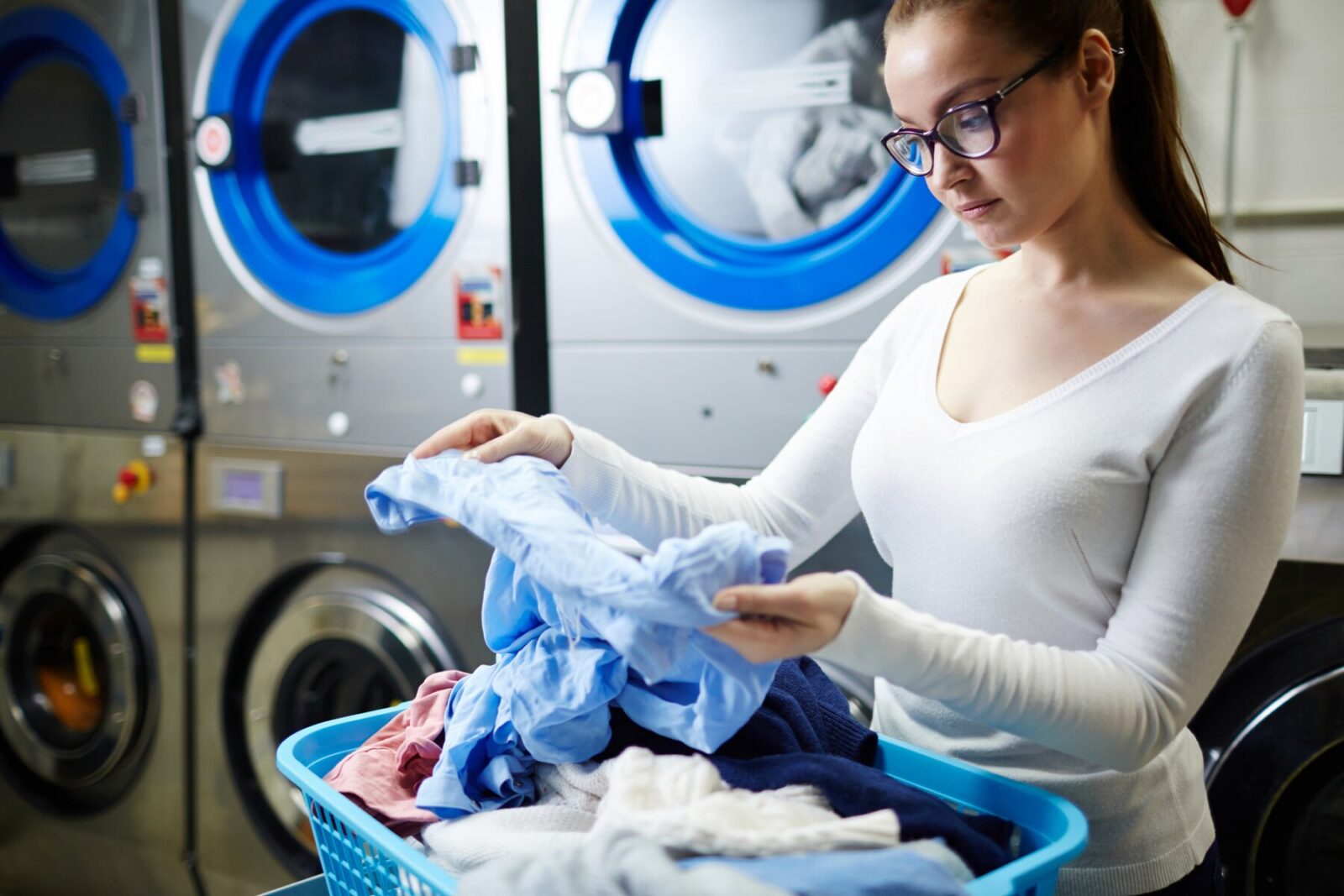
Essential PPE in the Food Industry: What You Need to Know
Overwhelmed by PPE options for food safety? Master your PPE selection for food workers safety with these practical tips.

Get 20€ off on your first order!
Work pants face demanding environments, and Proper care ensures optimal performance and longevity. This guide promises to equip you with all the knowledge you need to clean and maintain your work pants, ensuring they remain reliable and long-lasting.
With practical tips drawn from industry expertise, you’ll gain confidence in keeping your pants in top condition.
Plus, we’ll guide you to solutions for future challenges, like choosing the perfect complementary gear, such as those outlined in our comprehensive workwear buyer’s guide, so your workwear setup is always ready for any task.
Proper cleaning starts with understanding the material of your work pants. Here’s a practical guide:
Each type of workwear has unique care requirements. Check the care label on your pants for essential details about washing temperatures and detergents. For example:
Treating stains promptly helps maintain the fresh appearance and longevity of your work pants. Use a stain remover suited to your fabric type. For oil and grease, a diluted vinegar solution or enzyme-based cleaner works well.
Avoid mixing hi-vis pants or other brightly coloured items with dark clothing to prevent dye transfer. Use a gentle cycle and avoid excessive spinning to protect fabric integrity.
Air drying is best for retaining shape and elasticity. Avoid high heat settings in tumble dryers, especially for fire-retardant or waterproof materials.
Following European safety standards ensures your work pants maintain their protective features effectively. Look for certifications such as EN ISO 11611 for protective clothing used in welding, or EN ISO 20471 for hi-vis pants, which guarantee visibility and safety in low-light conditions.
Understanding these standards helps maintain your pants’ compliance and protective features. Learn more about EN Standards from this guide in Wikipedia.
Periodically check for opportunities to extend the life of your workwear by addressing minor wear, such as frayed hems or damaged zippers, early. Repairing small tears early ensures your workwear remains functional and durable.
Hang your work trousers to maintain their shape. For items like winter work pants, ensure they’re completely dry before storing to prevent mildew.
For waterproof or flame-resistant workwear, reapply coatings as necessary. Use sprays or treatments recommended by the manufacturer to maintain these essential features.
Certain workwear categories need extra attention. Here’s a breakdown:
| Workwear Type | Key Maintenance Tips |
| Fire-retardant Work Trousers | Wash separately, avoid fabric softeners, and follow flame-resistant care instructions. |
| Hi-vis Pants | Use detergents without optical brighteners to preserve reflective properties. |
| Winter Work Pants | Store in a dry area to preserve quality and functionality. |
For detailed product options, visit our main product category page.
Looking after your workwear doesn’t have to harm the environment. Follow these tips for sustainable cleaning:
Maintaining your work pants often means pairing them with compatible gear. Consider these categories to complete your workwear setup:
For more detailed guidance, check out Choosing The Right Safety Shoes – A Buyer’s Guide or Work Jackets: Selecting The Right Outerwear.
Caring for your work pants ensures they remain reliable, safe, and functional, even in the most demanding conditions. By implementing these cleaning and maintenance tips, you can extend their lifespan, maintain their performance, and save costs over time.
For further guidance on choosing the perfect pair, explore our comprehensive workwear guide.
Need high-quality replacements or complementary gear? Browse our work pants category and discover trusted brands and tailored solutions for every job.
Have questions or need help? We’re always here to assist with your workwear needs!
It depends on the frequency and intensity of use. For heavy-duty jobs, clean your work pants after each use to remove dirt, stains, and harmful substances. For less demanding environments, washing them once a week may suffice.
Bleach is not recommended for most workwear as it can weaken fabric fibers and affect special coatings like flame-retardant or waterproof finishes. Instead, use stain removers designed for your fabric type.
Air out your pants in a well-ventilated area after use and consider using a fabric spray or odor eliminator specifically made for clothing. Ensure the pants are completely dry before storage.
To maintain color, wash your work pants inside out and avoid harsh detergents. For already faded pants, color-restoration detergents can help revive their look. Avoid prolonged sun exposure when drying to prevent further fading.
If shrinkage occurs, try gently stretching the fabric while it’s damp and let it air dry. To prevent shrinking in the first place, follow the care label’s recommended washing temperatures and avoid high heat drying.
Thank you! You've signed up for our newsletter.



















Overwhelmed by PPE options for food safety? Master your PPE selection for food workers safety with these practical tips.

Struggling to maintain clear vision in demanding environments? This guide is here to help. By the end, you’ll know exactly...

Electricians across Europe face unique challenges that require reliable safety glasses to ensure both protection and efficiency. Whether safeguarding against...

Overwhelmed by PPE options for food safety? Master your PPE selection for food workers safety with these practical tips.

Struggling to maintain clear vision in demanding environments? This guide is here to help. By the end, you’ll know exactly...

Electricians across Europe face unique challenges that require reliable safety glasses to ensure both protection and efficiency. Whether safeguarding against...
Get 20€ off on your first order!
Save 30% by buying directly from brands, and get an extra 10€ off orders over €100
Save 30% by buying directly form brands, and get an extra 10€ off orders over €100